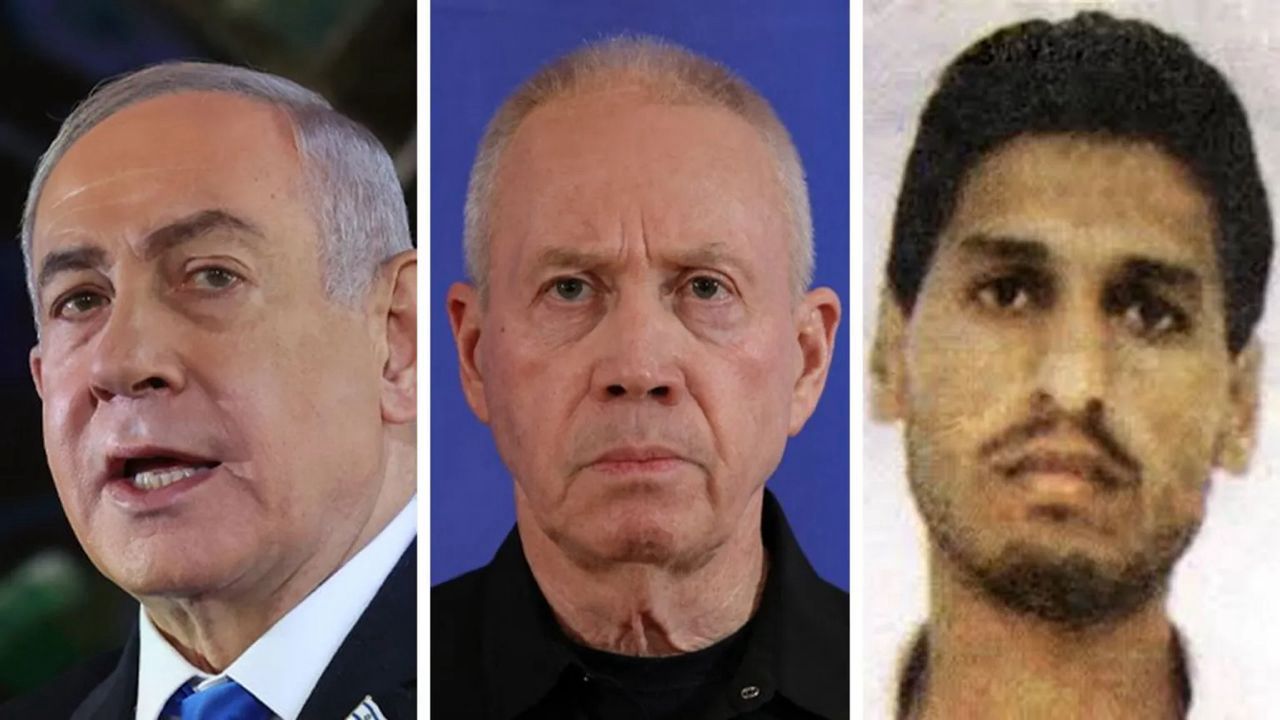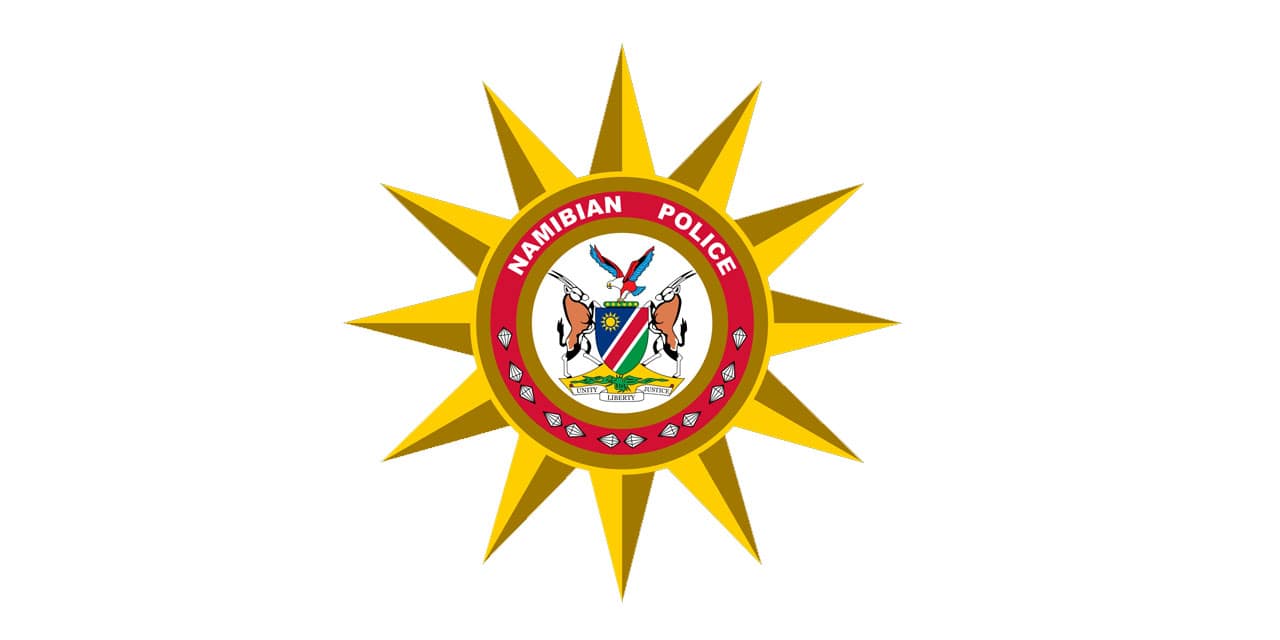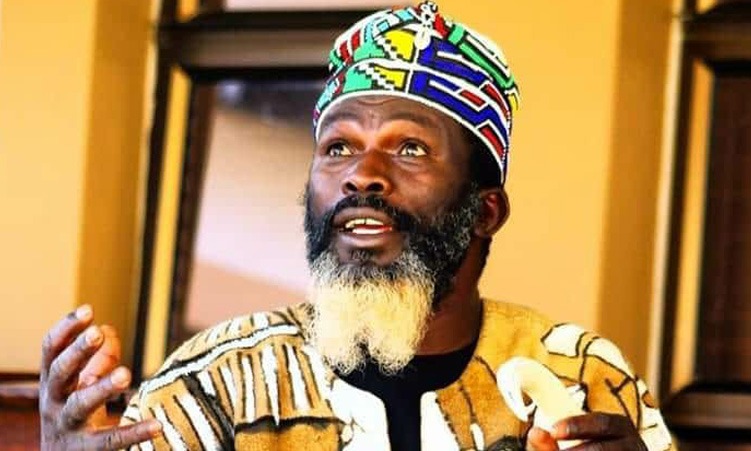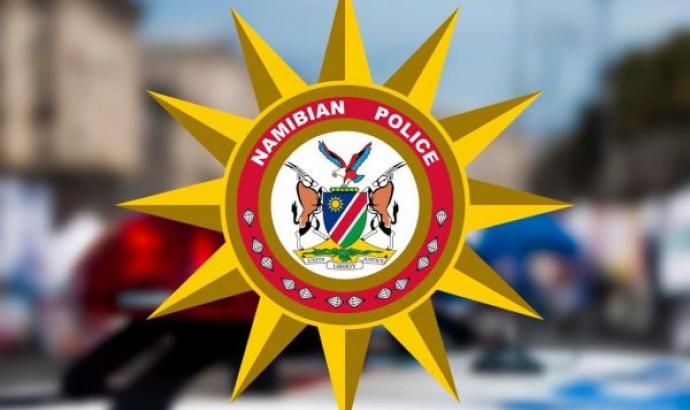It will now cost N$1 200 each for Namibians to see the highest point in the country – the Köningstein – and N$2 400 for international visitors, newly gazetted heritage fees show.
This is an increase of 20% from the N$1 000 charged last year for Namibian visitors, and N$2 000 for international visitors.
Tour guides say the fees are important as they aid in safeguarding and preserving the sites.
The news fees were passed into law early this month and cover entrance fees to well known heritage sites and protected places like Heroes Acre; ZiebenPlaten site; Twyfelfontein main site; the Petrified Forest; the Brandberg White Lady, Jochman and White Giraffe Caves as well as the Brandberg Hiking trails.
It further includes places the Omugulu-Gwoombashe National Heritage Site, Lake Otjikoto and the Hoba Meteorite, with the Köningstein site being the most pricey, while Eenhana Shrine is the cheapest, at just N$40 per person.
Fees were hiked between 20% to 33%.
Köningstein is known to be the highest peak in Namibia, and is located in the Erongo region, forming part of the Brandberg Hiking trails – with an estimated terrain elevation above sea level of 2,2km.
The revised fees are passed under the National Heritage Act, 2004, which requires that the public pays a certain fee to visit protected places.
The National Heritage Council, as the responsible entity, with the approval of environment, forestry and tourism minister, decides how much needs to be paid to access these sites.
According to Hafeni Travel Tours chief executive and founder Heinrich Hafeni, the fees are important for safeguarding tourism and creating employment.
“The fees are important and go towards the preservation of heritage. Remember, they are saying guided tours, meaning you have a local guide price also included. Someone from those communities is getting paid, which is good for job creation in the local community,” he said.
Asked whether the entrance fee hikes could potentially deter visitors, Hafeni described the prices as rather reasonable and said travellers must budget well.
“Unfortunately, for sustainability, we need fees,” he said.
The access fees also serve to deter vandals from places of natural beauty, he said.
“If it’s free, those places would be vandalised and there would be no fees to repair them. Entrance fees are good. All around the world people pay park fees,” he said.
Mid-year tourist inflows into Namibia were recorded to have shown signs of improvement, reaching 68% of pre-pandemic passenger arrival level.
The heritage council’s director Erica Ndalikokule said the field of heritage preservation requires substantial financial investment in order to ensure the multi pronged responsibility the NHC is entrusted with is executed.
“Market forces in the external environment in which the institution operates leaves no option for the NHC other than the increase of entrance fees. Input costs have been on an upward trend making it justifiable for the imminent increases in entrance fees to heritage sites,” she said.
Ndalikokule further added that it was important for the public to note that at some heritage places entrance fees remain unchanged.
“At some places however, we had to increase the fees in order to be able to meet operational costs as well as to make provision for institutional growth,” she noted.
The rates are published in the Government Gazette 8206.
Email: lazarus@namibian.com.na
Twitter: @Lasarus_A
Stay informed with The Namibian – your source for credible journalism. Get in-depth reporting and opinions for
only N$85 a month. Invest in journalism, invest in democracy –
Subscribe Now!






